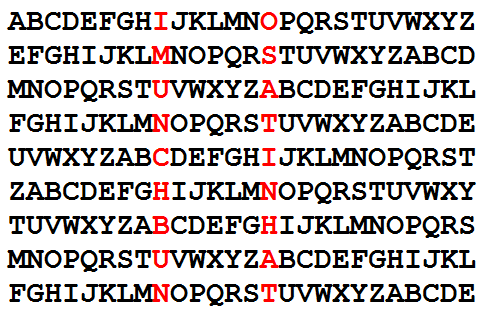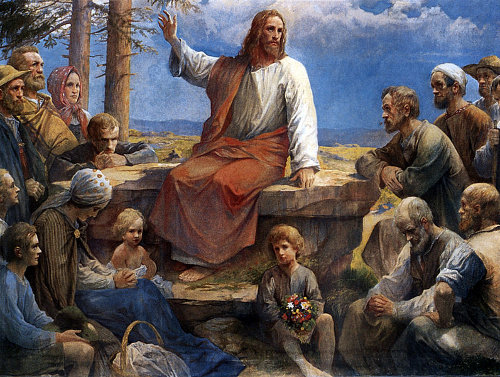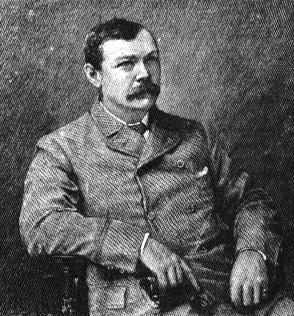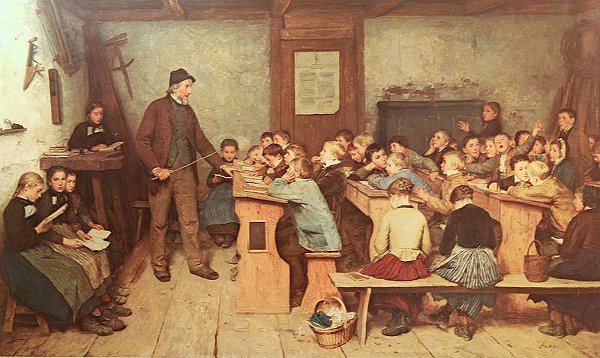We were staying in Ballater, a small town on Deeside in Scotland. In the town was a tiny shop which sold tourist attractions and picture postcards, and in its minute window was a very fine specimen of smoky quartz material. Buying a postcard, I said to the proprietor, ‘That’s a fine group of smoky quartz in your window’ and had this reply in very broad Scotch:
‘That’s no smoky quartz, that’s topaz. It’s a crystal. You can tell crystals by the angles between their faces. If you’re interested I’ll lend you a book on the subject.’
I knew enough (crystals being rather in my line) to be sure it was smoky quartz, and on return to base looked up a book on Mineralogy which said ‘Smoky Quartz, also known as Cairngorm, is called Topaz in Scotland.’
— Sir W.L. Bragg, quoted in R.L. Weber, A Random Walk in Science, 1973






